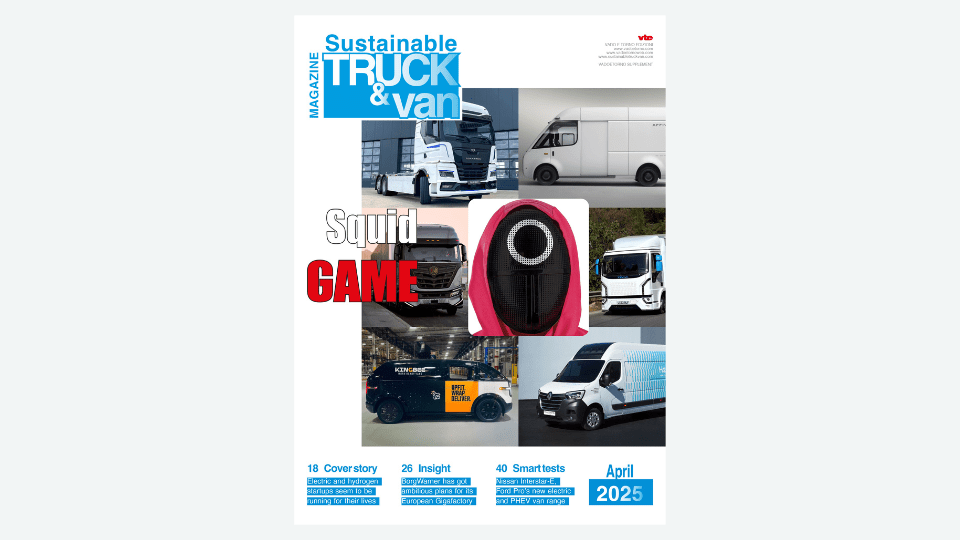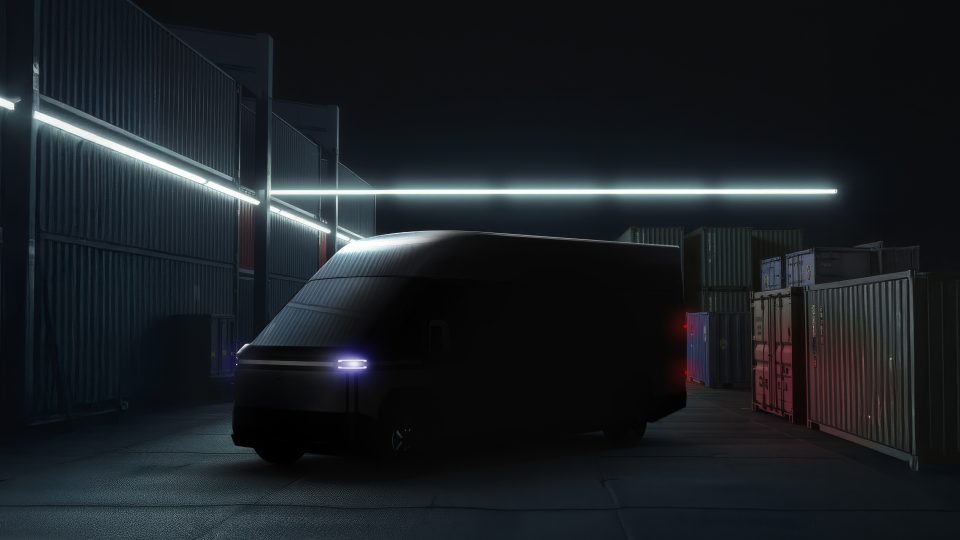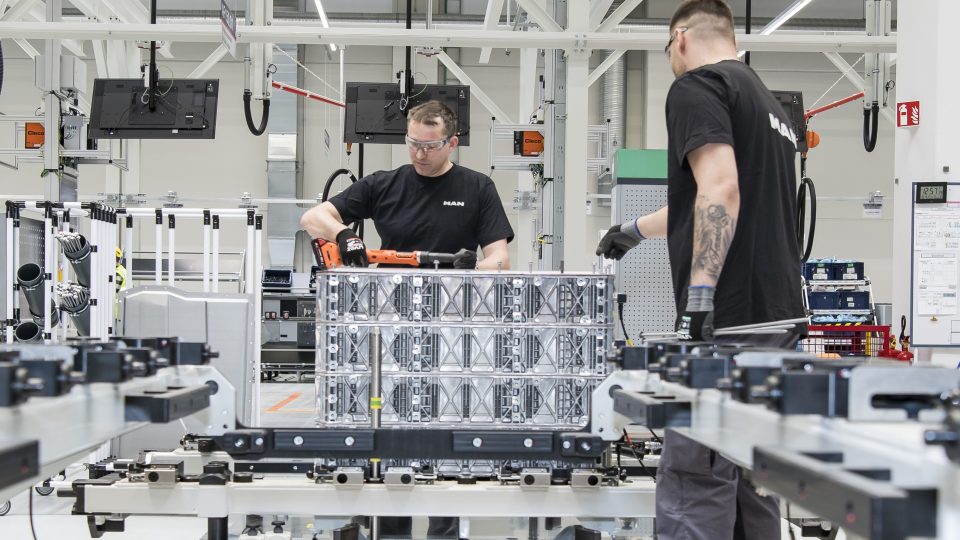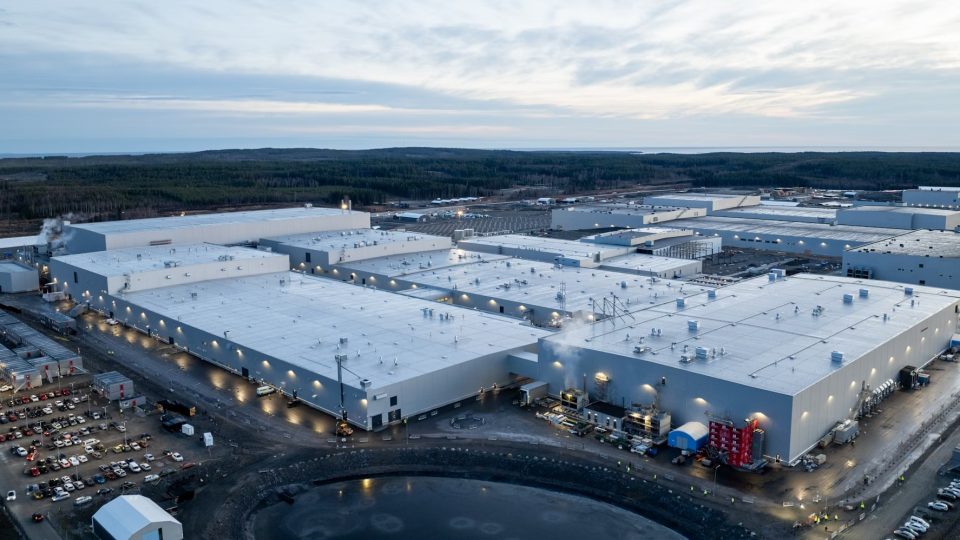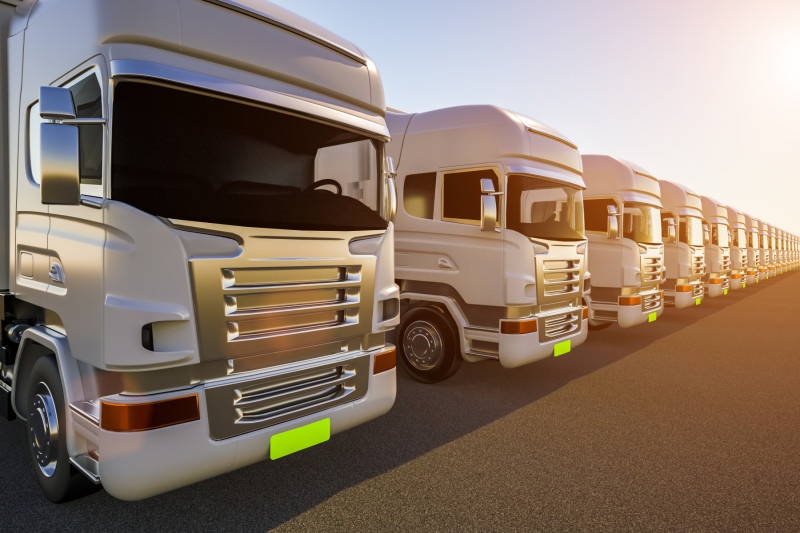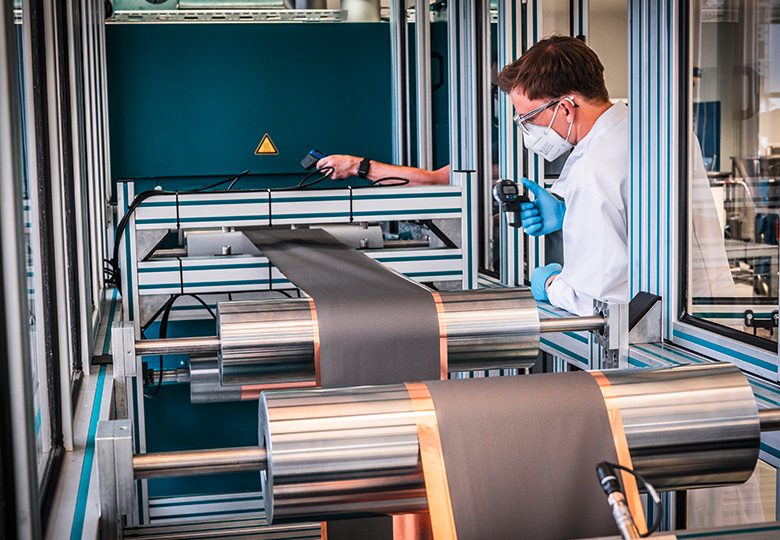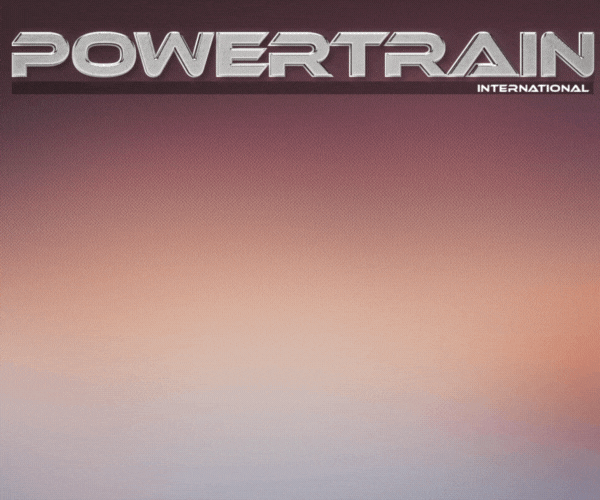TRB Lightweight Structures introduces high-performing protection plates for EVs
The new protection plates utilize a sandwich construction of advanced materials, layered intelligently to provide varying impact absorption strengths depending on location. Testing has shown impact absorption rates that are typically doubled compared with best-in-class steel solutions.
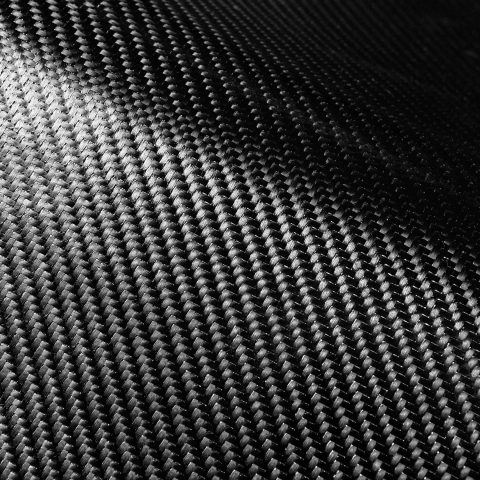
UK-based TRB Lightweight Structures has been developing high-performing under-vehicle protection plates for electric vehicles. These components – created from a combination of materials and a proprietary, toughened TRB resin, using a manufacturing process that enables production at high volume – significantly improve impact absorption while decreasing weight. According to the official press release, «cost-effective and high volume manufacturing, often the critical missing piece hindering composite adoption, has been developed in parallel with this new solution, and is now operating in both North America and the UK».
TRB protection plates: a cost-effective solution
«Skateboard chassis designs require better battery protection for both on and off-road vehicles», said Richard Holland, Managing Director of TRB Lightweight Structures. «Our approach leverages decades of knowledge in the development and testing of materials and manufacturing methods, resulting in a cost-effective solution for automotive components that decreases weight and increases performance». TRB Lightweight Structures (TRB) is a leading international manufacturing and engineering company, specialising in lightweight and durable composite products for a range of industries, whose foundation dates back to 1954.
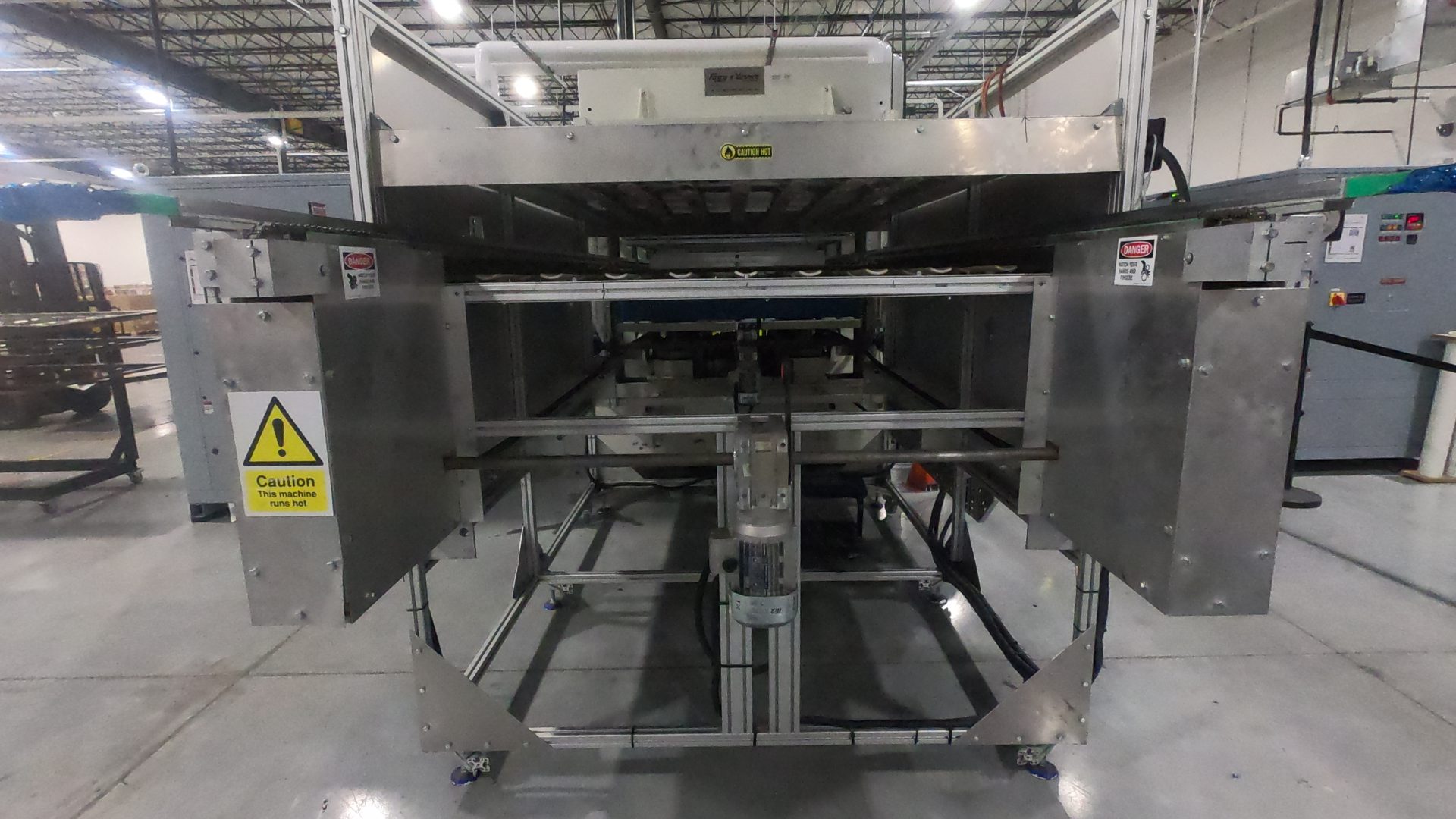
More into details of the solution developed in the UK, the new protection plates utilize a sandwich construction of advanced materials, layered intelligently to provide varying impact absorption strengths depending on location. Testing has shown impact absorption rates that are typically doubled compared with best-in-class steel solutions, while halving the weight. The plates can be painted although, unlike steel, paint is not required for corrosion protection, while the low weight construction simplifies installation and replacement.



